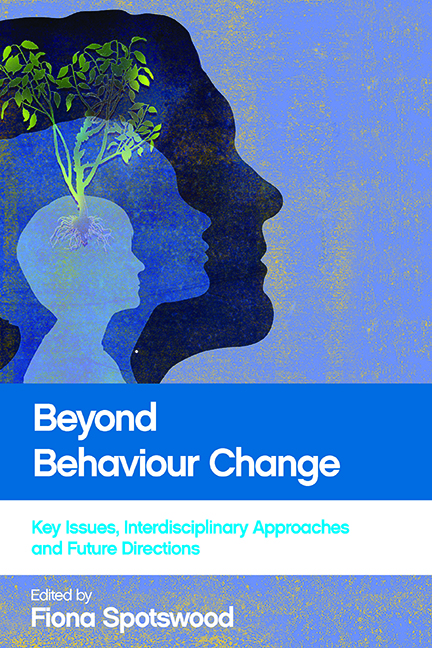five - Evaluating the impact of policy: the built environment and travel behaviour
Published online by Cambridge University Press: 01 September 2022
Summary
Introduction
As Chapter Four explored, policies that aim to change behaviour may directly target the behaviour, through persuasion or enforcement, but policies may also use indirect methods to change the context in which individuals make decisions. These two approaches may be viewed as opposite ends of a continuum rather than distinct categories: many behaviour change initiatives and policies combine elements of both. The subject of this chapter is policies that lie at the ‘indirect’ end of that continuum: those that change the physical characteristics of the built environment in order to change behaviour. Such policies are often controversial: changes to the built environment are long-lasting and may affect many aspects of life, introducing many possibilities for unintended consequences. The impacts of such policies often take time to emerge and are impossible to isolate from other causes, creating uncertainty over measurement and controversy over their effectiveness.
This chapter explores the impact of policies that change the built environment in order to influence travel behaviour. It will begin by reviewing the long-running debate around spatial planning and travel behaviour focusing on city-wide urban intensification: does it reduce the volume of car driving, as many claim, and does it cause unintended consequences? Two more specific measures where research has struggled to establish causal relationships will then be examined. Do more permeable street networks lead to more walking and cycling, and do more cycle paths lead to more cycling? Both of these claims have been made many times in the literature but the evidence base, examined in this chapter, is ambiguous and contested.
The chapter will conclude with a discussion of the pressures from policymakers for economic evaluation of individual measures and the use of ‘evidence hierarchies’, which attach greater weight to experimental findings. Do these approaches offer any solution to the unresolved questions around the effectiveness of interventions in the built environment?
The built environment and travel behaviour: a causal relationship?
The relationship between the built environment and travel behaviour has generated a vast quantity of research and writing over recent decades. Litman and Steele (2013) surveyed a wide range of that literature, mainly relating to North America.
- Type
- Chapter
- Information
- Beyond Behaviour ChangeKey Issues, Interdisciplinary Approaches and Future Directions, pp. 89 - 112Publisher: Bristol University PressPrint publication year: 2016

